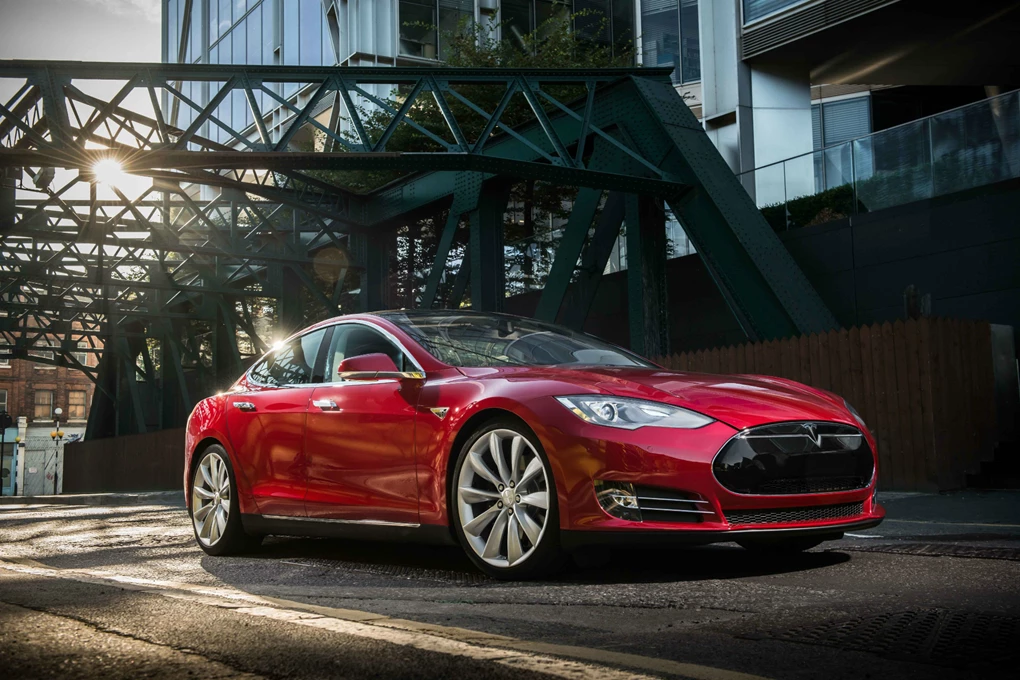Whether people like it or not, the age of driverless cars is coming and nowadays more and more of the cars we buy come with autonomous technologies that will shape the future of motoring.
Many of the concepts that we now see at motor shows either come with a vast range of autonomous technologies or no steering wheel or pedals for drivers to control it with at all.
Take the Audi Aicon (header image) and Renault Symbioz (below) as examples. Both are more like mobile lounges than cars, but as artificial intelligence advances, so will the technology we see on our cars, and soon we won’t be needed to drive vehicles at all.
Most vehicles now come with some form of driver assistance that will be part of the raft of autonomous tech, such as lane assist, parking assistance and adaptive cruise control.
But what exactly is autonomy, and which vehicles currently on the market or on the tarmac come with these technologies?
What is autonomy?
Autonomy means ‘having its own law’ or ‘self-controlling’ in general terms, but for cars it means that it can have no interaction from a human and drive by itself. With the various systems being developed to achieve this, cars will use sensors, cameras and artificial intelligence to provide that self-control that could mean humans won’t need to drive anymore.

What different levels of autonomy are there?
There are six levels of automation that classify how driverless vehicles are:
Level 0 – No automation: This purely means that someone has to be driving the vehicle at all times.
Level 1 – Drive Assistance: This is the introduction of tools such as cruise control and lane assist, which keep you on the straight and narrow, and means the car can also take control of speed. You do have to have hands on the wheel still.
Level 2 – Partial Automation: The car can have more control over the steering and speed inputs, thanks to the extended use of sensors, lasers and cameras. Humans are still mostly in control here.
Level 3 – Conditional Automation: This is the stage that most autonomous vehicles are currently at, although many cars with this technology still need a lot of human help at this stage in development. This means that the car can take control of most driving activities up to a certain speed and in certain conditions, such as in traffic or on a motorway. This is highlighted in the Audi A8, which you can read about here.
Level 4 – High Automation: This stage requires minimal human input, as the car’s systems can take control in almost all situations. It can perform in most conditions, even driving on the open road, with humans only taking control in certain situations or when they feel like it.
Level 5 – Full Automation: Everything is controlled by the car at this point, as it has a mind of its own. This can mean, within reason, it can go off without a human in the car at all to pick up shopping and products on instruction. This is where cars are going in the next 20-40 years and they could be commonplace by the middle of the century.
Which cars currently on sale use autonomous technology the most?
Most cars now are released with level 2 autonomy at the heart of their driving functions, with adaptive cruise control, lane assist and emergency brake assist now found in most cars. But not many come with level 3 autonomy at the moment, so here is a brief rundown of those vehicles that are on the roads now, with some that are currently or will be on sale soon.
Audi A8
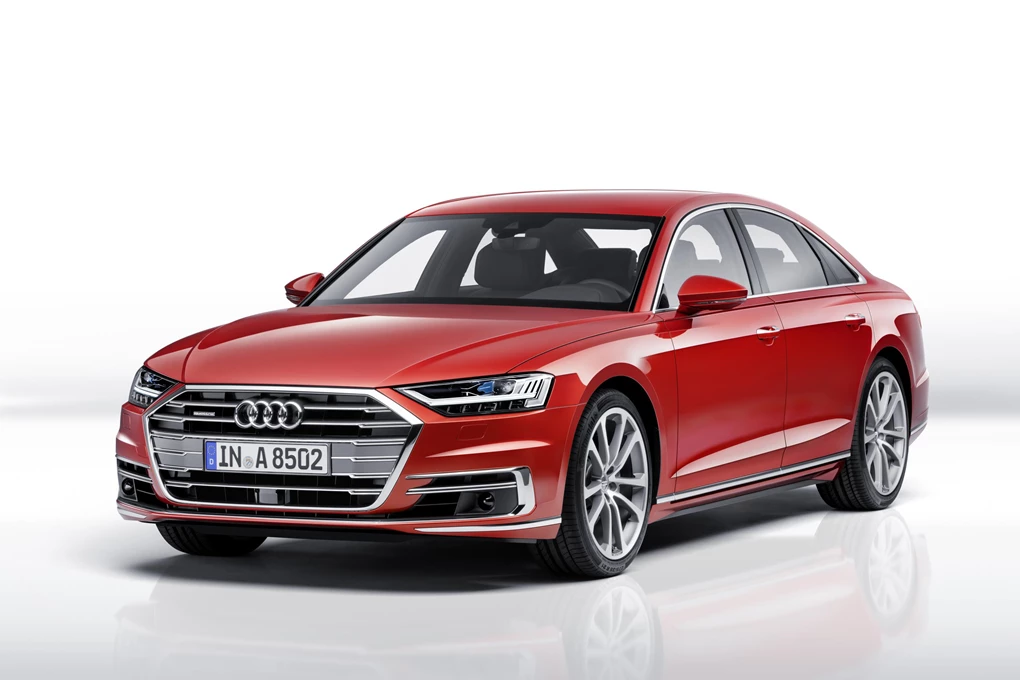
Recently unveiled, the latest Audi A8 will come with level 3 autonomy as standard when it goes on sale later next year. As the systems are still in development, there is a way to go before other Audi models get the same treatment.
Volvo XC90
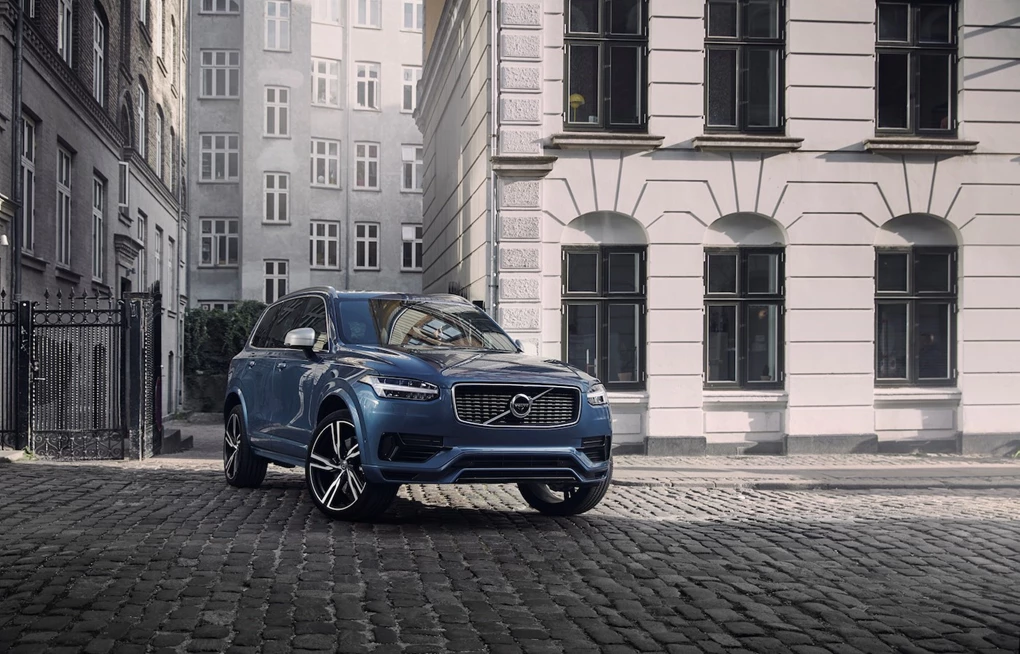
The Swedish carmaker is trying to get most of its vehicles fitted with its ‘Autopilot’ autonomous technology in the next few years, but the XC90 displays the latest in that field as when turning out of a junction and the car senses another vehicle coming towards it, the car will immediately apply the brakes to try and prevent an accident. Volvo also hope to prevent all deaths and injuries in its vehicles by 2020.
BMW 7 Series
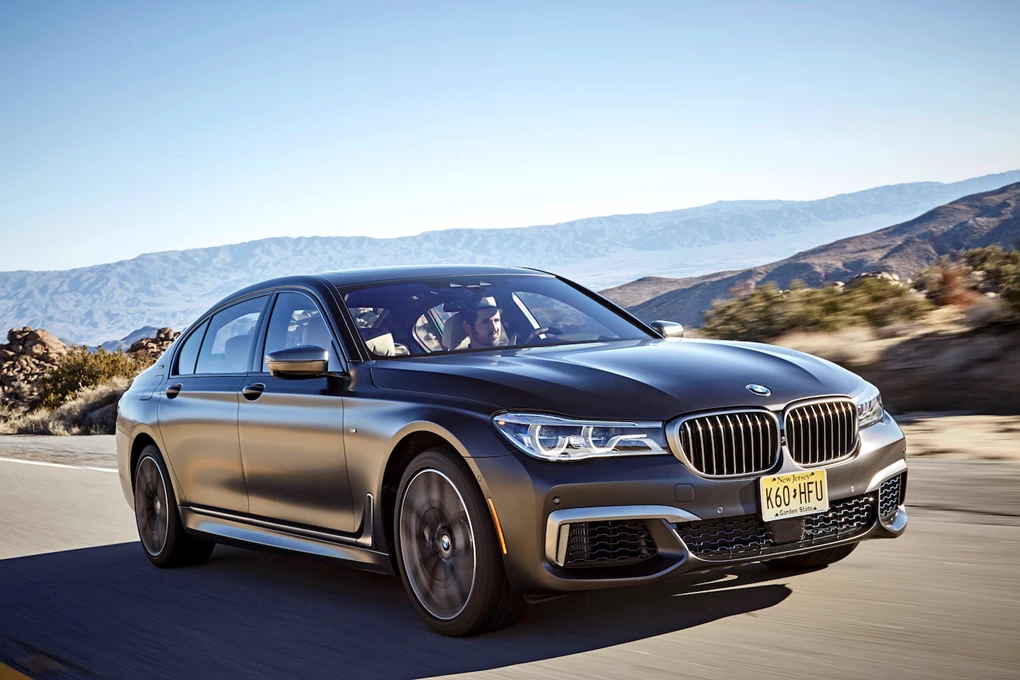
With the help of technology firms Intel and Mobileye, BMW is testing a fleet of 7 Series models that are fitted with semi-autonomous technologies – much like the A8. BMW is hoping to release its first fully-autonomous model, the iNext, by 2021.
Mercedes-Benz S-Class
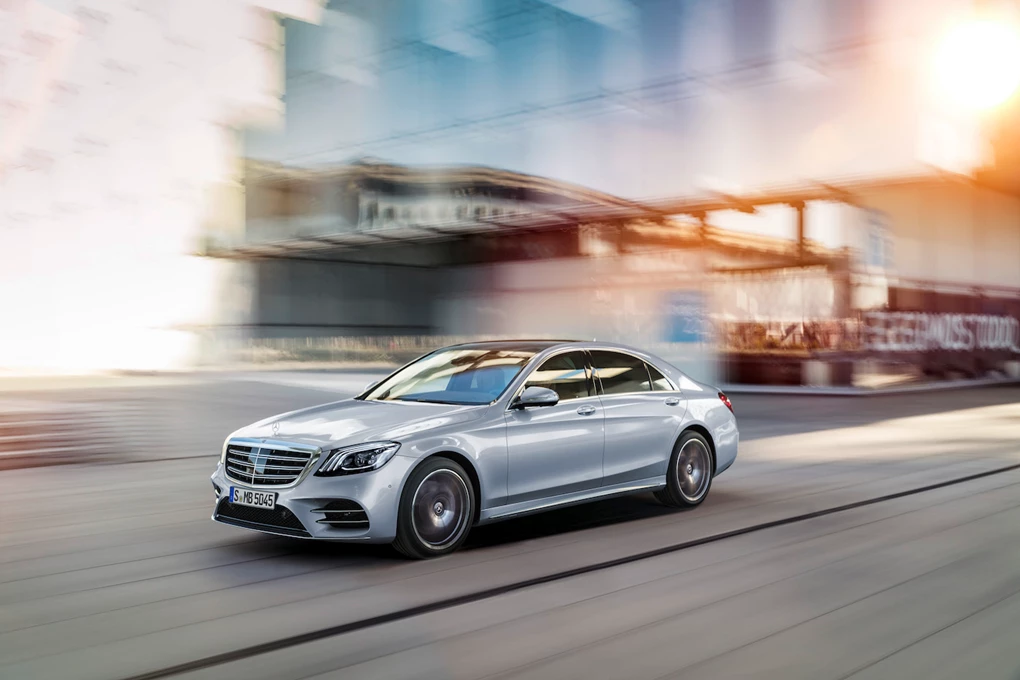
The S-Class wasn’t the first Mercedes-Benz to come with a fleet of autonomous tech, as the latest E-Class debuted many of those seen on the premium saloon. But Mercedes refined it even more so for the luxury model, as the S-Class comes with active speed limit assist, active lane changing and remote parking assist, meaning it can take control in many situations. It also slows down for junctions and traffic islands, such as roundabouts, so you don’t have to.
All Tesla models
As standard, all Tesla models are fitted with the capability of full autonomy. Yes, there have been occasions where this technology has failed and people have been hurt, but the technology is constantly improving and it is good to know that all of Tesla’s cars come with the systems already in place. With sensors and camera that can see up to 250 metres away and the ability to steer, control its own speed and even be summoned by your phone, Tesla is the most advanced company in the autonomy field so far.
